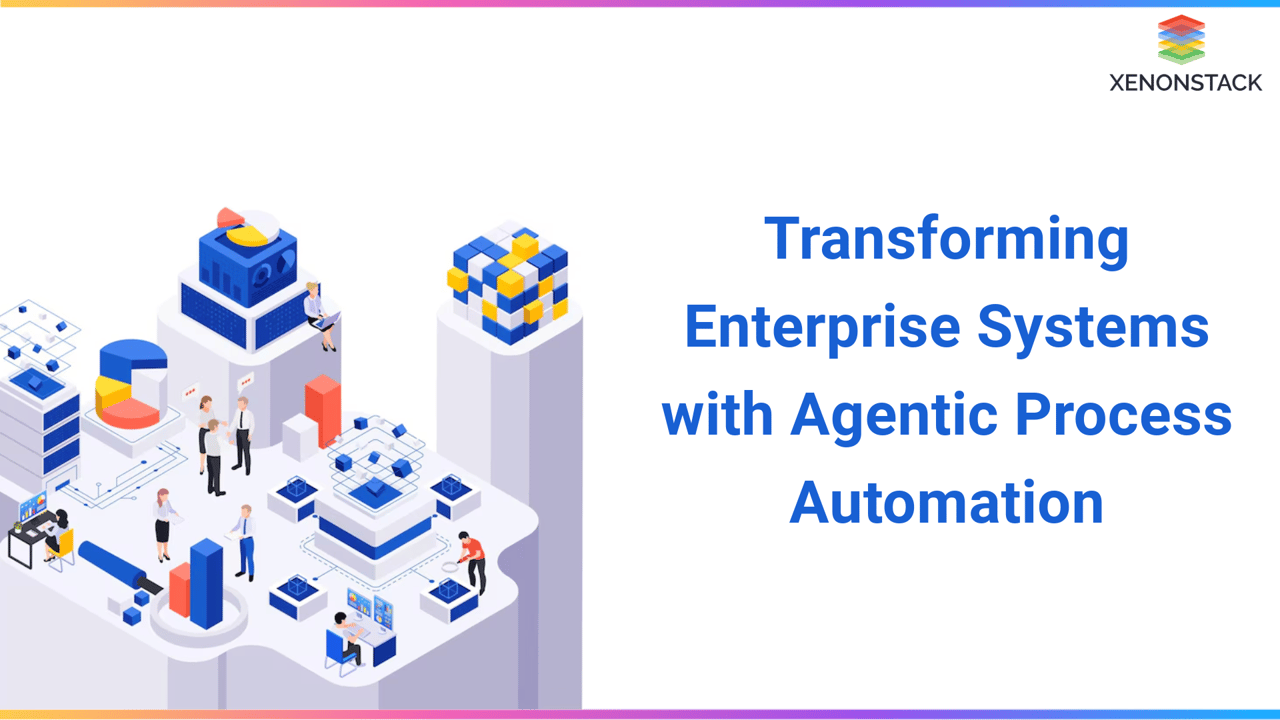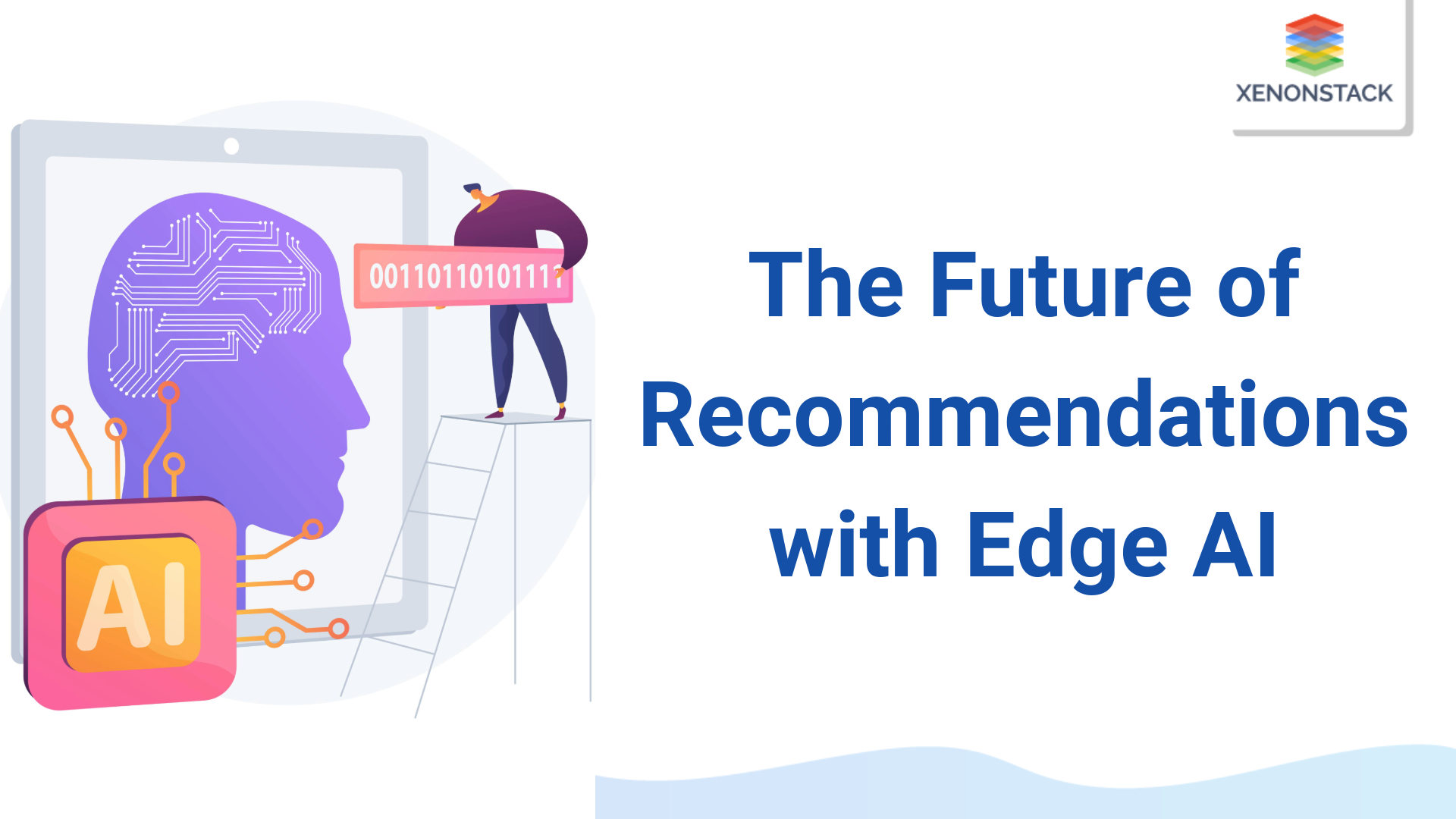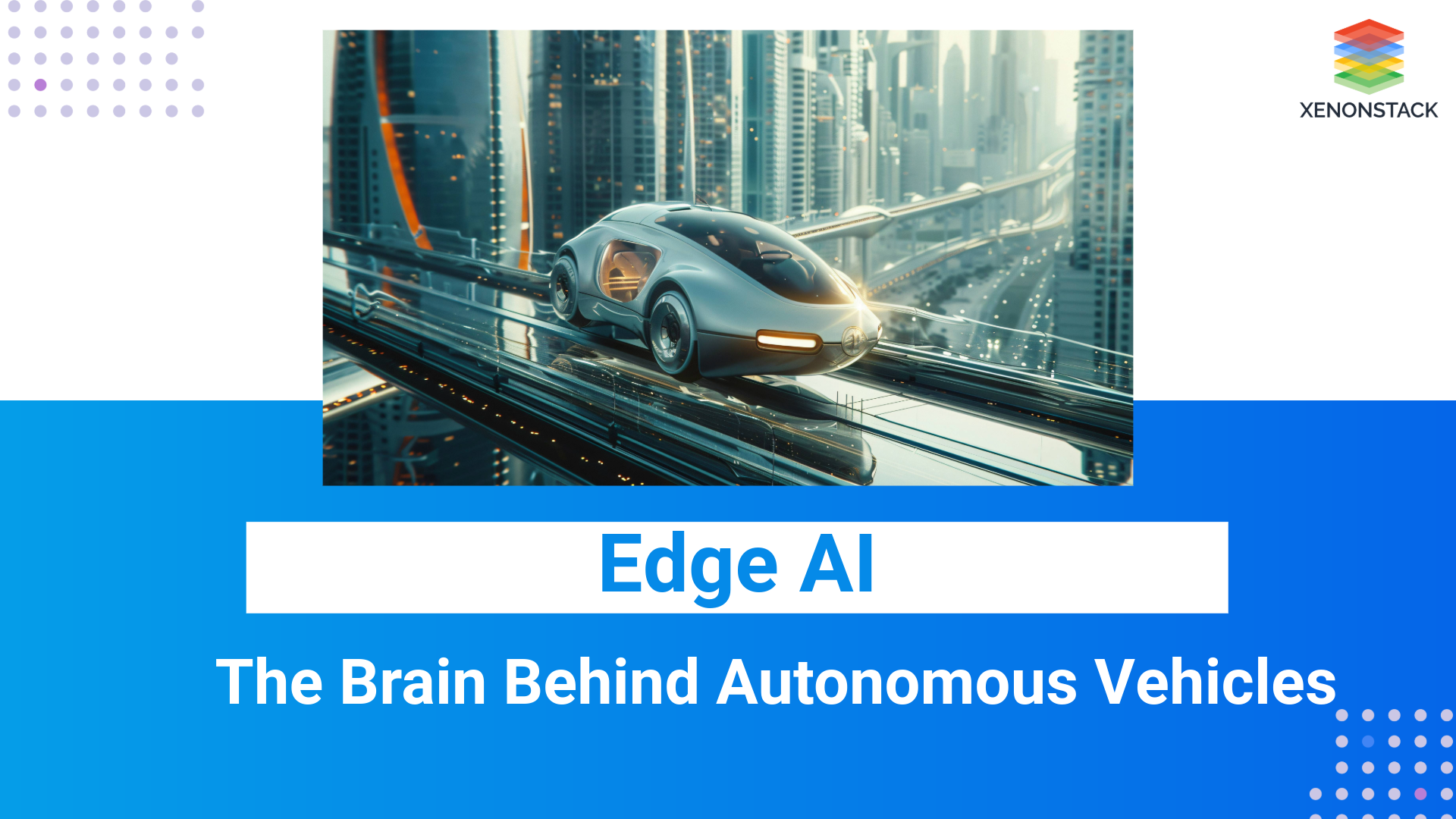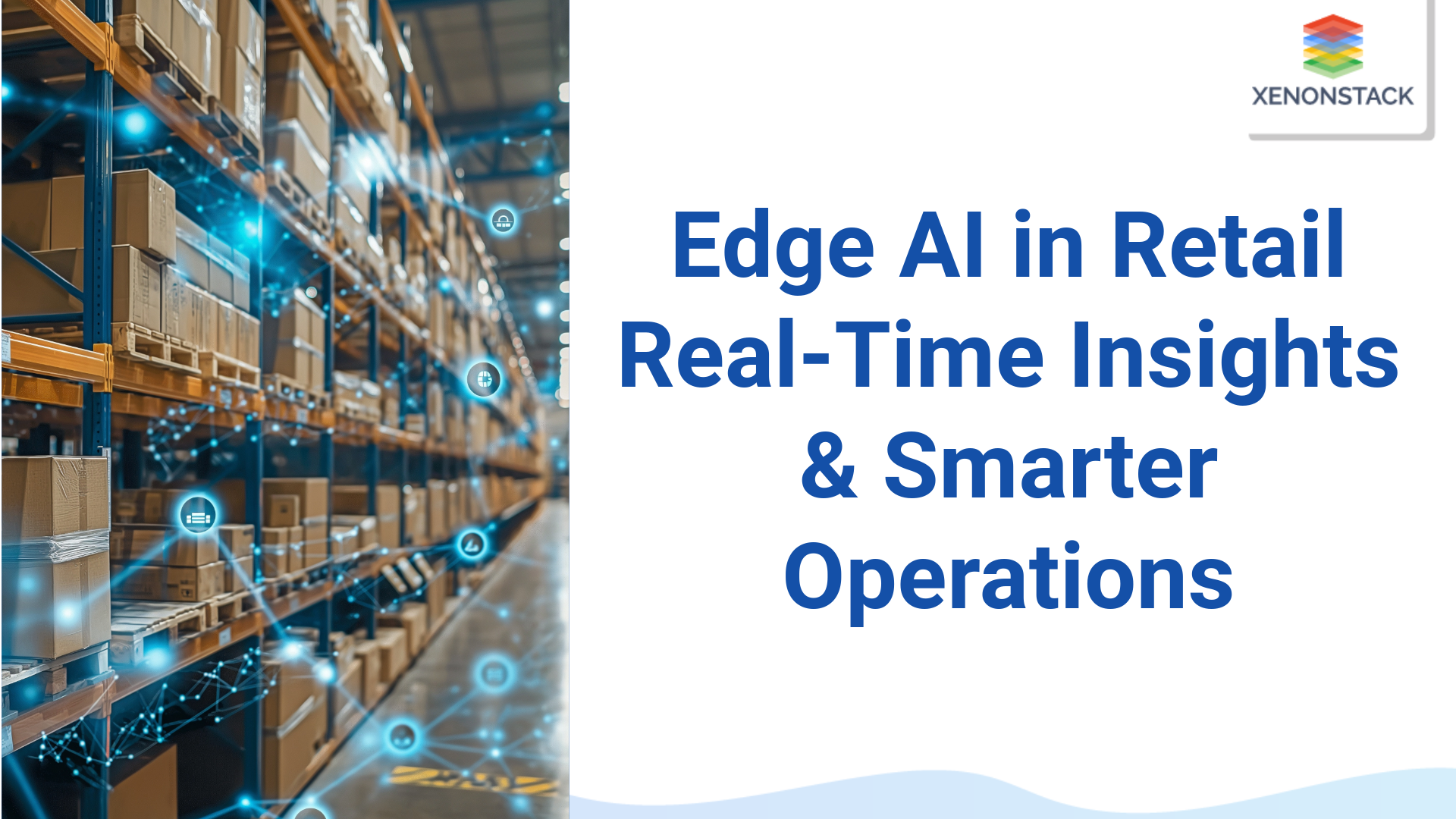
In the era of automation, machines complement human labour in the workplace. The advent of technology has transformed the nature of work and the workplace. Machines now carry out more of the tasks that humans earlier did. They complement the work that humans do and even, in some cases, perform functions where humans are not capable of giving accurate and on-time results. As a result, some professions will fail, others will grow, and many more need to change.
Automation is transforming the way companies move towards building a digital workforce. Traditionally, companies have used "robots" to perform everyday business processes by simulating how humans interact with software applications. This was commonly beneficial for analyzing IT applications to enable transaction processing, data manipulation, and communication. Using robots as a virtual workforce, i.e., working at a back-office processing centre without human resources intervention, has been the foundation of these transformations.
However, we are evolving from simple Robotic Process Automation (RPA) to more intelligent, autonomous, and adaptable Agentic Process Automation (APA) systems.
From RPA to APA: The Evolution of Enterprise Automation
What is Robotic Process Automation?
The technology that allows companies to configure computer software called "robots" that automate human activities is Robotic Process Automation (RPA). RPA software automates rules-based and repetitive processes performed by experts while sitting in front of computers. Software robots can open e-mail attachments, complete e-forms and records, and perform other tasks that simulate human action. Robots can act as a virtual workforce while assisting front-office staff—for example, helping call centre agents during client interactions and automatically taking close-call notes. This mode of robots is known as "attended automation."
Implementing RPA has substantial benefits, such as accuracy, consistency, audit trail, productivity, elasticity, reliability, staff retention, and right-shoring.
Cognitive Technologies Extending Automation's Reach
Computer Software "Robots" are rule-based, i.e., they can perform only those tasks where rules are pre-defined. This means that processes that require human judgment and perception cannot be automated through RPA alone. RPA can be helpful in cases where it has to work beside people, taking on simple exercises so that experts can focus on complicated exceptions.
Technology is developing fast, and the line between what humans and computers can do is shifting. We can represent automation by three levels depending on the level of "intelligence":
- Rule-based Automation - Robots (RPA) that follow predefined rules and work accordingly.
- Enhanced/Intelligent Process Automation - Robots can recognize unstructured data, understand human communication and draw inferences from data.
- Cognitive platforms/Agentic Process Automation - Robots that learn from experience and perform complex tasks without human intervention.
Automating processes requiring human judgment has become possible with the integration of cognitive technologies with RPA. With the addition of technologies such as speech recognition, natural language processing, chatbots, and computer vision, bots can deal with unstructured information (speech, audio, text, or images) and pass that extracted information for further processing.
Transitioning to Agentic Process Automation (APA)
Agentic Process Automation (APA) is the newest evolution in this space, which represents a significant advancement over traditional RPA. While RPA focuses on automating predefined, rule-based tasks, APA introduces autonomous agents that can:
- Make decisions based on complex data analysis
- Adapt to changing circumstances and requirements
- Learn from past experiences to improve future performance
- Collaborate with other agents and human workers
- Understand and respond to natural language inputs
- Self-optimize processes without human intervention
APA is characterized by its ability to handle complex, unstructured tasks that previously required human judgment and decision-making capabilities. By leveraging advanced AI technologies such as machine learning, natural language processing, and computer vision, APA systems can understand context, interpret information, and take appropriate actions autonomously.
Traditional ERP Systems vs. APA-Enhanced Systems
|
Aspect |
Traditional ERP |
APA-Enhanced ERP |
| Objective | Streamline and integrate business processes across an organization | Enable autonomous decision-making and process optimization |
| Process Flow | The entire process is completed in a single flow | Adaptive processes that evolve based on outcomes and changing conditions |
| Technology | Typically integrates software systems to manage business processes | Employs intelligent agents that collaborate and humans |
| Complexity | Complex, often requires comprehensive implementation across departments | Handles complexity through distributed intelligence and autonomous agents |
| Flexibility | Less flexible, requires substantial configuration and customization | Highly flexible, adapts to new requirements without significant reconfiguration |
| Use Case | Used for overall business management, such as finance, HR, and supply chain | Powers intelligent automation across all business functions with contextual awareness |
| Integration | ERP systems integrate various business functions into one unified system | APA creates an intelligent layer that spans across all systems, including legacy applications |
SAP and Agentic Process Automation
SAP is the brand name for the ERP (Enterprise Resource Planning) software and the firm. Five ex-IBM employees founded SAP Software in Mannheim, Germany. SAP develops software solutions for business operation management and customer relationships. The software collects and processes data on a single platform, from raw material procurement to production and customer satisfaction.
Traditional SAP automation has been focused on RPA implementations for repetitive tasks. However, with APA, SAP systems can now leverage:
 Fig 1: Agentic Process Automation for Enterprise System
Fig 1: Agentic Process Automation for Enterprise System
-
Autonomous agents that understand SAP business processes
-
Predictive analytics to anticipate customer needs and operational challenges
-
Self-healing systems that automatically address issues
-
Intelligent document processing that extracts meaning from unstructured data
-
Context-aware workflow orchestration across multiple SAP and non-SAP systems
APA in SAP offers several advantages over traditional RPA:
-
Enhanced Intelligence: Beyond automating tasks, APA understands the business context of SAP operations
-
Decision Support: Provides recommendations based on complex data analysis
-
Continuous Improvement: Learns from each interaction to refine its processes
-
End-to-End Process Orchestration: Manages entire business processes rather than isolated tasks
-
Adaptability: Respond to changing business conditions without reprogramming.
Monitor Application Health
Using Agentic Process Automation, intelligent agents can monitor applications' health autonomously. These agents can observe different data patterns, discover trends, and use appropriate models to predict specific changes in the application. Unlike traditional monitoring tools, APA agents can:
- Automatically diagnose root causes of issues
- Implement corrective actions without human intervention
- Learn from past incidents to prevent future problems
- Optimize system performance based on changing usage patterns
- Communicate with other systems to coordinate responses to complex issues
Optimize Software Testing
Conventional optimization techniques become inadequate when there is frequent change to applications. Manual intervention is worthless, and the Quality Assurance process has to be compromised. With APA, autonomous agents can optimize test assets to maintain a dynamic test suite that self-maintains throughout the application life-cycle, adapting to:
- New features and functionality
- Changed business requirements
- Emerging security threats
- Performance bottlenecks
- User behaviour patterns
Self-Healing
Identifying abnormalities in a particular application and the efforts required to identify, isolate, and fix them accurately is time-consuming and tedious. APA enables the development of self-healing systems that can:
- Automatically detect anomalies using advanced pattern recognition
- Diagnose issues using causal reasoning and knowledge graphs
- Implement fixes based on learned patterns and best practices
- Prevent similar issues from recurring through continuous learning
- Notify human operators only when necessary with contextual information
Applications of Agentic Process Automation in Enterprise Systems
Enterprise Resource Planning (ERP) Systems
An Enterprise Resource Planning (ERP) system unites business processes. It automates them by extracting users' data, applying operations on that data, scheduling the operations, and keeping records of the data or user actions. APA takes this to the next level by introducing intelligent agents that can:
- Automatically identify process inefficiencies and suggest improvements
- Predict and prevent system failures before they occur
- Optimize resource allocation in real-time
- Provide contextual insights to human decision-makers
- Automate end-to-end processes that span multiple systems and departments
APA in Supply Chain
In the supply chain, Agentic Process Automation can autonomously predict results, handle complicated decisions, and support employees by executing complex tasks. APA implementations in the supply chain include:
Vendor Selection & Procurement
While implementing ERP in the supply chain, the vendor selection process traditionally requires human interaction to finalize vendors. However, APA can autonomously select vendors, analyze documents, run credit checks, and finalize vendor selection based on complex criteria. By introducing intelligence to these tasks, APA significantly improves cycle time and processing time, leading to more efficient and optimized procurement processes.
Status Communication
The status communication process typically requires human interaction. Employees need to check the status of processes from shipment records or emails and then manually update the ERP system. In contrast, APA can process the shipment record and proactively communicate with stakeholders, predict potential delays, suggest alternative solutions, and autonomously manage the entire communication workflow.
APA in HR Management
There is a need to implement APA in HR Management to reduce the business function's time consumption and introduce intelligence into HR processes:
Employee Management
In traditional ERP systems, employee management was a manual task requiring human intervention to select an employee based on skills, knowledge, and experience. With APA, intelligent agents can now perform this process autonomously, evaluating candidates based on both explicit criteria and implicit factors, predicting job success, and continuously learning from hiring outcomes to improve future selections.
Payroll
Payroll processing requires tracking the total number of worked days and then calculating the total amount to be paid. APA can verify employee data consistency across various systems and platforms, ensure data accuracy, predict potential issues, and proactively address compliance concerns. APA can transform the payroll process from a routine administrative task to a strategic function that provides valuable insights for workforce planning and financial forecasting.
APA in Financial Services
APA is transforming various business functions, particularly in financial services:
Economic Planning
APA can automate the process of merging and processing financial reports from multiple functions, analyze trends, identify anomalies, and provide strategic recommendations for financial planning. Intelligent agents can model different scenarios, predict outcomes, and suggest optimal strategies based on complex market conditions.
Bank Statement Reconciliation
Extracting data from bank statements to reconcile and compare them against the company's records was previously a labour-intensive task involving complex spreadsheets. APA takes this further by introducing intelligent reconciliation agents that can:
- Detect patterns in discrepancies
- Predict potential reconciliation issues before they occur
- Automatically investigate and resolve common issues
- Learn from previous reconciliations to improve accuracy over time
- Adapt to changes in banking formats without requiring reprogramming
Daily P&L Preparation
Financial service companies, especially those in the trading business, track P&L and risk exposures daily. APA-driven systems not only automate these processes but enhance them with:
- Real-time risk analysis and alerts
- Anomaly detection in trading patterns
- Predictive analysis of market trends
- Automated regulatory compliance checking
- Dynamic adjustment of risk models based on market conditions

Key Benefits of Agentic Process Automation in Enterprise Systems
Agentic Process Automation offers transformative advantages for enterprises looking to modernize operations without completely overhauling their existing infrastructure. Here’s how it brings intelligence, adaptability, and resilience to the enterprise ecosystem:
Seamless Integration with Legacy Systems: One of the most significant strengths of agent-based automation is its ability to mirror human actions across systems—interacting with structured and unstructured data, applications, and platforms without disrupting core legacy environments. This non-invasive approach reduces implementation risk while accelerating time to value.
Autonomous Decision-Making: Unlike traditional rule-based automation, agentic systems are capable of making informed decisions by analyzing complex data patterns. This reduces the dependency on human intervention for routine decisions and empowers systems to act with a level of judgment and responsiveness.
Centralized Control and Visibility: Organizations gain a unified platform to deploy, orchestrate, and monitor intelligent agents. With built-in real-time analytics, auditing, and performance tracking, leaders can maintain transparency, control, and agility at scale.
Adaptive Governance and Smart Rules: Automation rules no longer need to be static. With intelligent agents, governance models can evolve dynamically, adapting to shifting conditions, policies, or regulatory standards while continuously maintaining compliance.
Elevated Back-office Operations: Back-end functions like finance, procurement, and HR benefit from consistent, high-quality support. Intelligent agents can manage repetitive processes more contextually and efficiently than traditional automation approaches, leading to better accuracy and reduced turnaround times.
Accelerated Reporting and Onboarding: Processes such as onboarding new employees or generating nuanced reports often involve both data and subjective judgment. Intelligent agents can streamline these tasks by learning preferences, adapting to workflows, and applying contextual awareness for faster, smarter outcomes.
Continuous Learning and Improvement: Unlike static bots, agentic systems evolve. Each interaction contributes to a growing knowledge base, allowing agents to refine their behaviour and improve performance without manual updates or reprogramming.
Predictive and Proactive Intelligence: These agents don’t just react—they anticipate. By analyzing trends and behaviours, they can flag potential issues or opportunities before they materialize. This allows enterprises to shift from reactive troubleshooting to proactive strategy execution.
Contextual Understanding of Business Operations: The ability to interpret and act on the business context sets agent-based automation apart. Decisions aren’t made in a vacuum—they align with broader strategic objectives, ensuring that automated processes remain meaningful and mission-driven.
Augmentation, Not Replacement: Rather than replacing human roles, intelligent agents handle routine and complex tasks alongside people. This frees up human talent to focus on high-value work like innovation, relationship-building, and strategic thinking.
Challenges in APA Implementation
Despite its numerous benefits, implementing Agentic Process Automation in enterprise systems presents several challenges:
Technical Challenges
- Handling Unstructured Data: While traditional RPA struggles with handwritten documents, APA aims to overcome this limitation using advanced computer vision and NLP. However, the technology is still evolving to handle all unstructured data reliably.
- Complexity of Agent Coordination: Different processes may require separate agents with different capabilities. Coordinating these agents, especially in large organizations, can be complex and may require sophisticated orchestration mechanisms.
- Integration with Legacy Systems: Though APA can work with legacy systems, creating intelligent interactions with older technologies lacking modern APIs can be challenging.
- Data Quality and Availability: APA systems require high-quality data to make informed decisions. Poor data quality or limited access to necessary information can significantly impair their effectiveness.
Organizational Challenges
- Process Optimization Before Automation: Any improvements or changes to a business process should be made before implementing APA. Making changes after automation is in place can lead to inefficiencies and added costs.
- Change Management: Introducing APA often requires significant changes in how employees work and interact with systems, necessitating comprehensive change management strategies.
- Skills Gap: Organizations may lack the specialized skills needed to implement and maintain APA systems, requiring investment in training or new talent acquisition.
- Governance and Control: Establishing appropriate governance mechanisms for autonomous agents that make decisions with minimal human oversight presents unique challenges for organizations.
- Ethical Considerations: As APA systems become more autonomous in their decision-making, organizations must address ethical concerns regarding accountability, bias, and transparency.
The Future of Enterprise Systems with APA
Agentic Process Automation represents the next frontier in enterprise automation, moving beyond the limitations of traditional RPA to create truly intelligent, autonomous, and adaptive systems. By combining advanced AI technologies with deep business process understanding, APA transforms enterprise systems from passive tools to active participants in business operations.
As organizations evolve their digital transformation strategies, APA will play an increasingly central role in enabling agility, efficiency, and innovation. The transition from RPA to APA is not merely a technological upgrade but a fundamental shift in conceptualising the relationship between humans and machines in the workplace.
The future of enterprise systems lies in creating harmonious human-machine collaboration, where APA handles routine and complex analytical tasks while humans focus on strategy, creativity, and interpersonal relationships. This symbiotic relationship will drive unprecedented levels of productivity and innovation across industries.
Organizations that successfully implement APA will gain significant competitive advantages through:
- Faster response to market changes
- More efficient resource utilization
- Enhanced customer experiences
- Reduced operational costs
- Improved employee satisfaction
- Greater innovation capacity
The journey from RPA to APA is not without challenges. Still, the potential rewards make it an essential consideration for any organization looking to thrive in an increasingly complex and competitive business environment.
Next Steps with Agentic AI
Talk to our experts about implementing agentic process automation to transform enterprise systems. Discover how industries and departments are leveraging agentic workflows and decision intelligence to become decision-centric—automating and optimizing operations, enhancing adaptability, and driving enterprise-wide efficiency.



